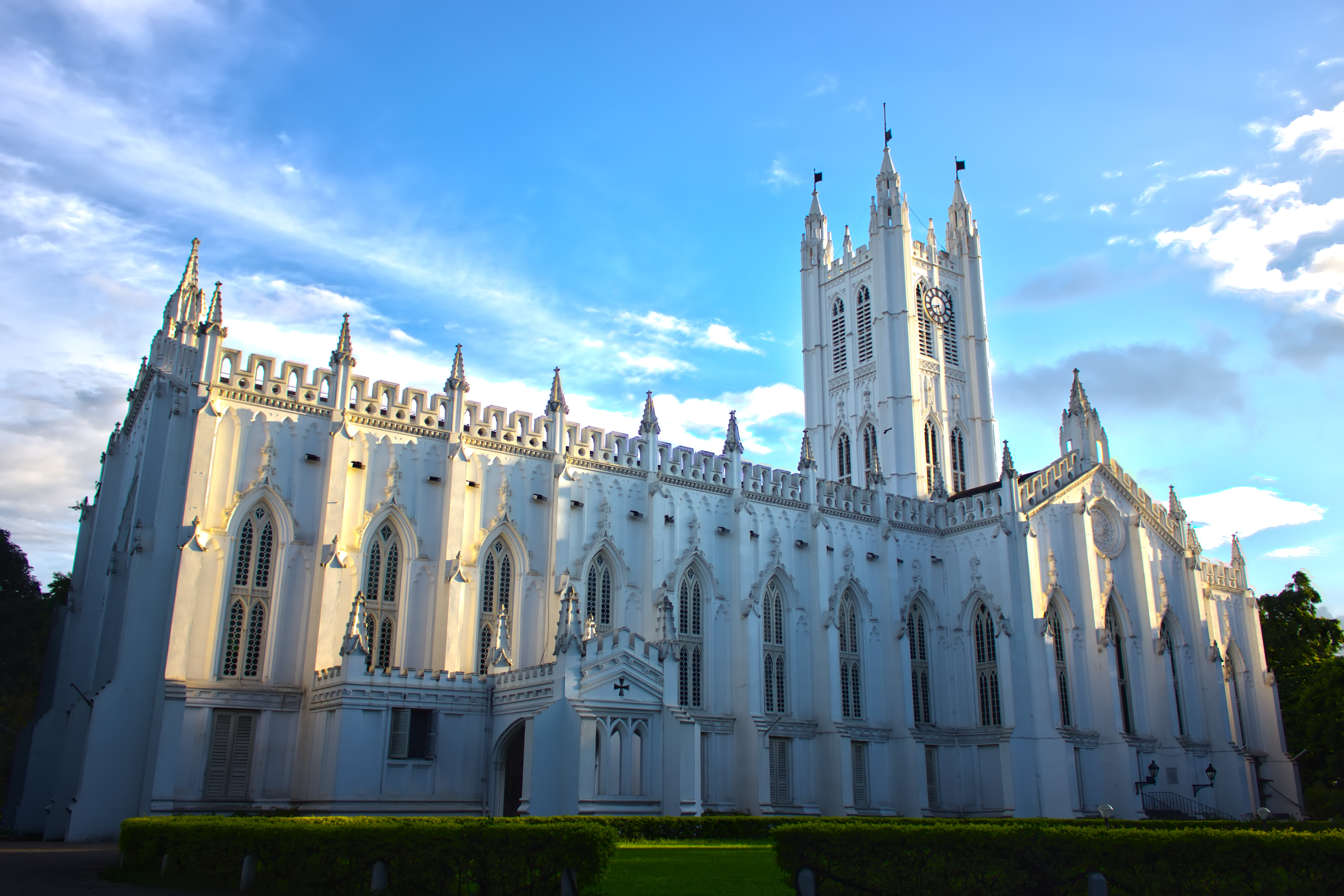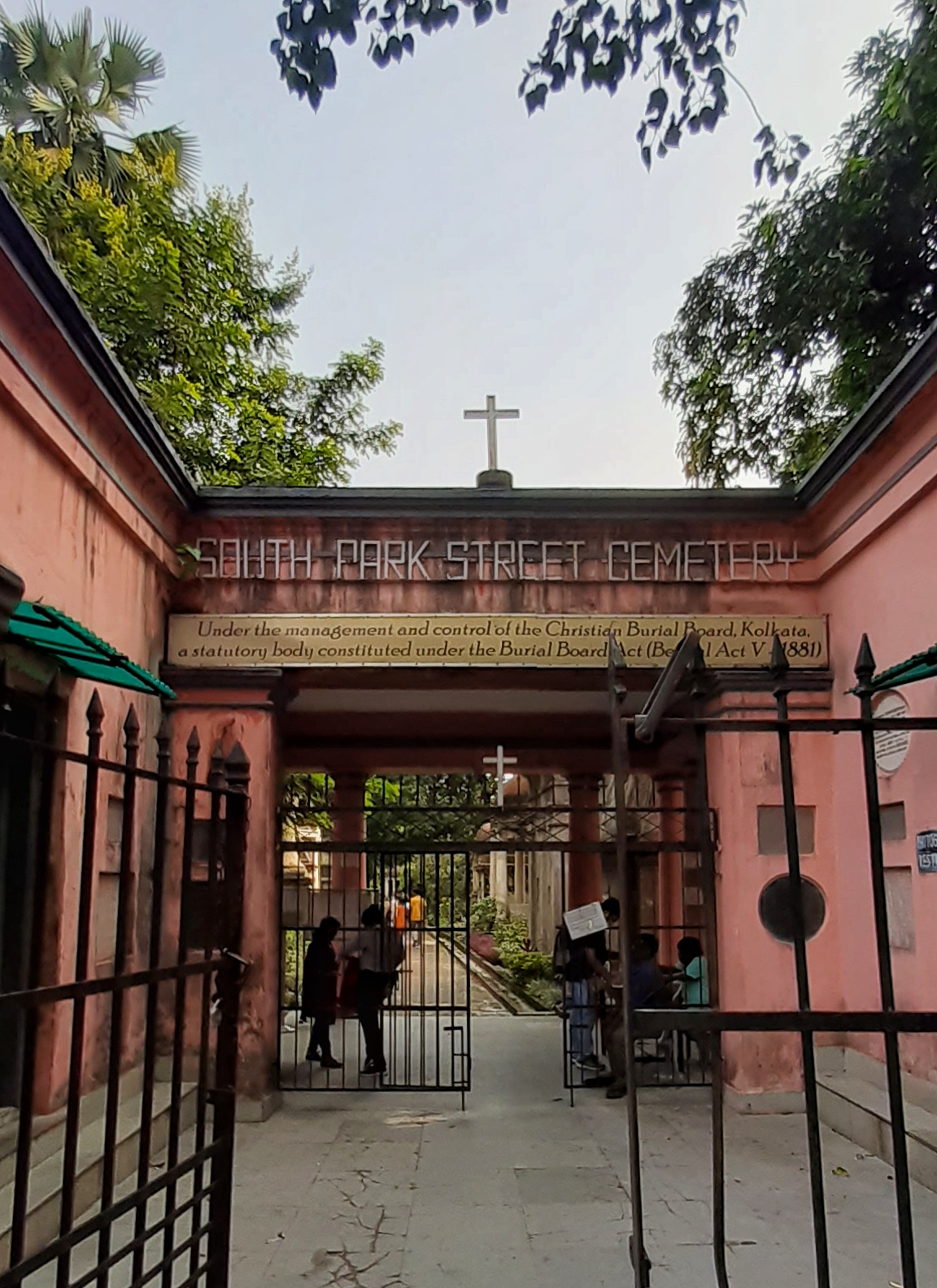St. Paul's Cathedral stands as a remarkable testament to Kolkata's complex colonial history, embodying architectural innovation and cultural transformation. Established in the mid-19th century, this magnificent structure represents more than a religious edifice—it symbolizes the intricate interactions between British imperial design and local architectural adaptation.
The cathedral's origins trace back to a critical period of expansion in Calcutta, when the European population was rapidly growing and seeking spiritual and social spaces. Bishop Daniel Wilson played a pivotal role in reviving the cathedral project, commissioning William Nairn Forbes to design a structure that would withstand tropical conditions while maintaining Gothic architectural principles.
Architecturally, St. Paul's Cathedral exemplifies the unique "Indo-Gothic" style, a deliberate modification of European design to suit the subcontinent's challenging climate. Its seven-acre location became part of Kolkata's "island of attractions," strategically positioned among landmark institutions that would define the city's cultural landscape. The construction, completed in 1847, made it Asia's first Anglican cathedral and a significant architectural achievement.
Beyond its physical structure, the cathedral became a crucial social and cultural nexus for Kolkata's European community. It served not merely as a place of worship but as a gathering point for social interactions, diplomatic exchanges, and community celebrations. The interior, adorned with memorials, statues, and intricate paintings, chronicles layers of historical narratives embedded in colonial Calcutta.
The cathedral's history is punctuated by significant events and personalities. The 1934 earthquake's destruction of its steeple tower, subsequently rebuilt to mirror Canterbury Cathedral's Bell Harry Tower, symbolizes the resilience and adaptive spirit of this architectural marvel. Figures like Bishop Daniel Wilson and Canon Subir Biswas represent the complex human stories intertwined with the cathedral's existence.
St. Paul's Cathedral also bears witness to significant socio-political transformations. During the British Empire's most active period in India, it stood as a powerful symbol of colonial presence. Yet, it simultaneously became a space of cultural exchange, reflecting the nuanced relationships between colonizers and the colonized through its architectural and social evolution.
The cathedral's significance extends beyond its historical context. Today, it remains an active place of worship and a critical cultural landmark, attracting historians, architects, and tourists fascinated by its rich narrative. Regular restoration efforts ensure that this architectural gem continues to communicate the multilayered stories of Kolkata's past while remaining vibrant in the present.
Modern visitors to St. Paul's Cathedral experience more than a historical monument—they encounter a living narrative of cultural confluence, architectural innovation, and historical resilience. Its continued relevance demonstrates how architectural spaces can transcend their original purposes, becoming profound repositories of collective memory and ongoing cultural dialogue.







